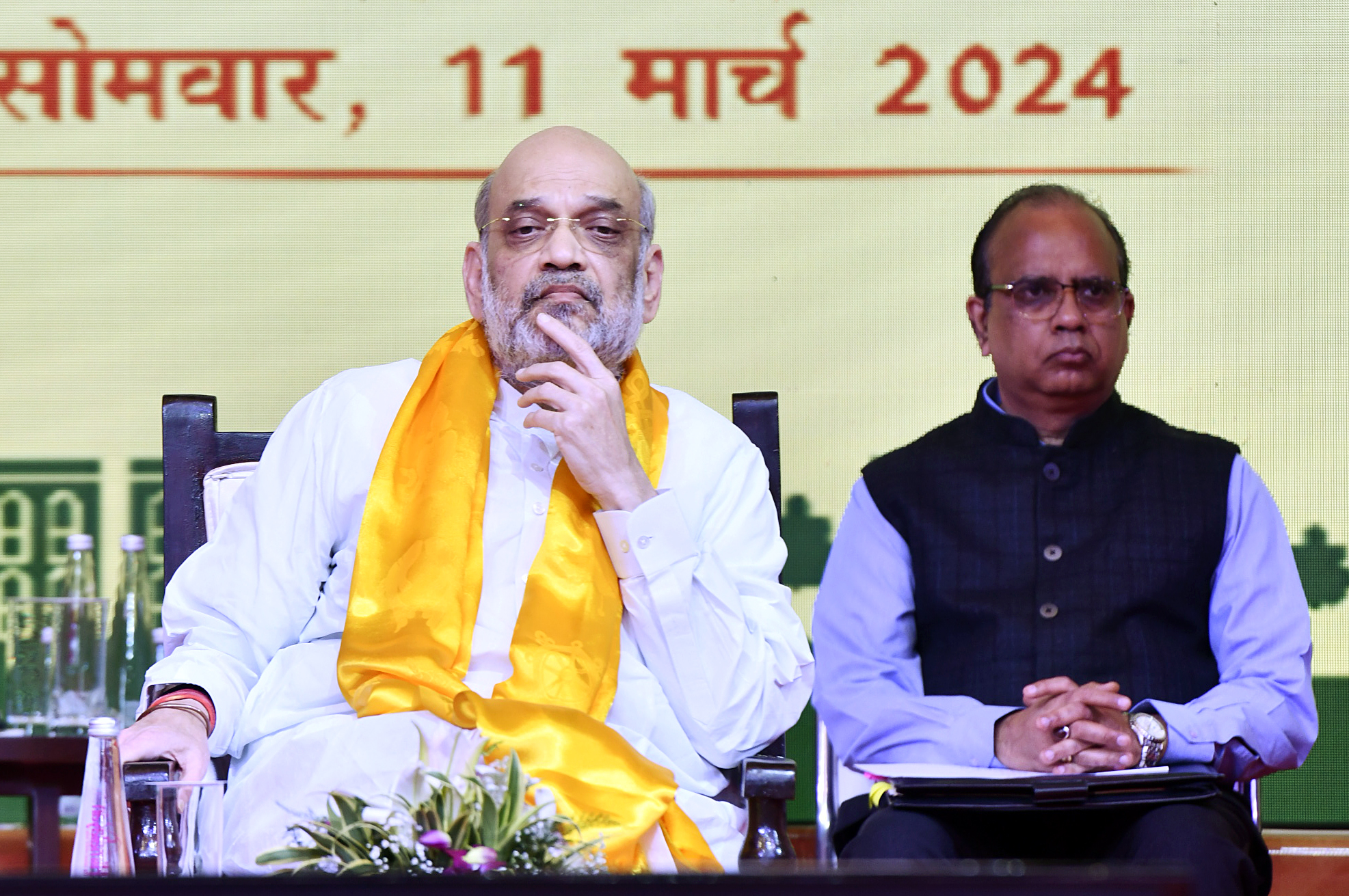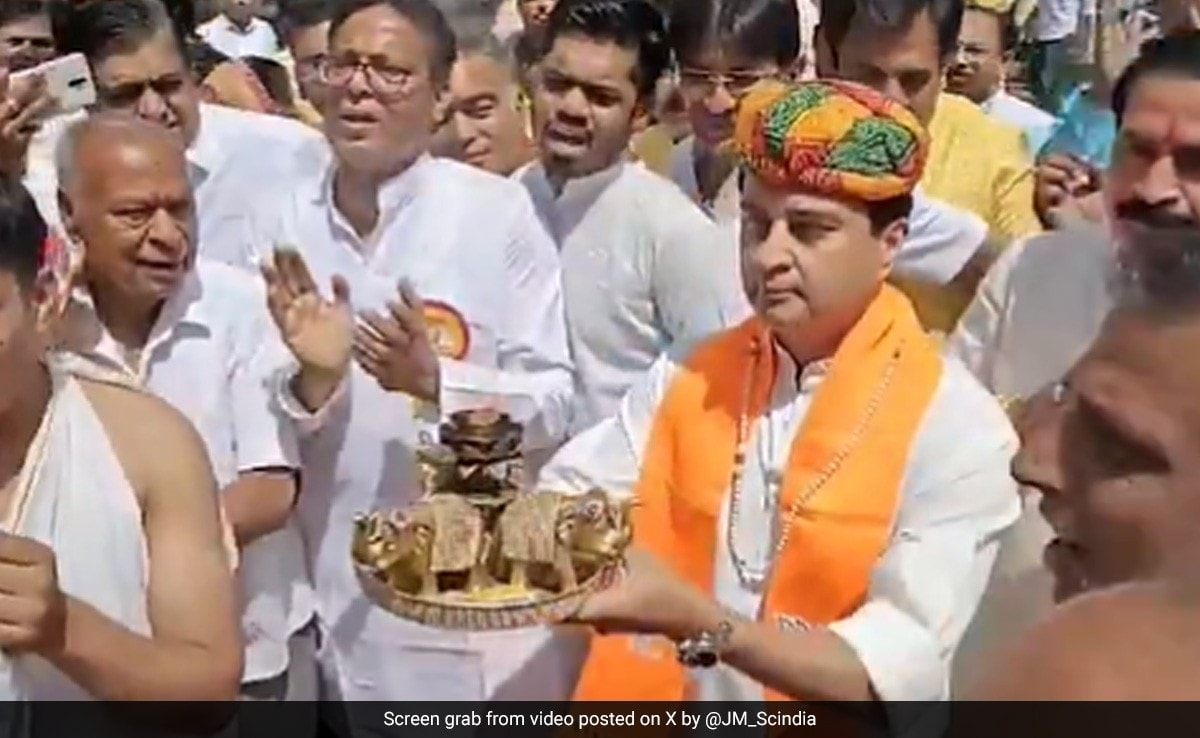
The article was recently published in the peer-reviewed journal JAMA Network Open.
New Delhi:
India’s Union Ministry of Women and Child Development on Tuesday condemned a recent article on India’s “zero food children” and labeled it as deliberately malicious and fake news.
The ministry said in a statement that the article lacked preliminary research and made misleading assertions.
The article mentioned was recently published in the peer-reviewed journal JAMA Network Open. The study said the prevalence of “zero food children” in India was 19.3% and drew attention to extreme food deprivation among children.
It also ranked India as the country with the third highest proportion of children eating zero food, after Guinea (21.8%) and Mali (20.5%). In terms of numbers, India has the largest number of “snack food children”, with more than 6 million, the report said.
Zero-food children are children aged 6 to 23 months who have not consumed any milk, formula or food in the past 24 hours.
However, the ministry noted that the study’s authors themselves acknowledged significant limitations in their data, rendering their conclusions unreliable.
“The authors themselves admit to having deep misgivings about the data and cite at least nine limitations that make their study absolutely unreliable. There is no scientific definition of ‘zero food children,'” it said in a statement.
The ministry added: “The methodology adopted is opaque and attempts to explain the single-day recall of those allegedly contacted. No state government or any private organization in India has reported cases of hungry children.”
One glaring oversight highlighted by the department is that the JAMA article failed to recognize the importance of breast milk for babies, especially those over six months old.
The study excluded breast milk from the definition of food for infants aged 6 to 23 months, raising questions about its credibility, the report said.
A large proportion of children labeled as “zero food children” received breast milk, the ministry added, refuting the report’s sensational claims.
“Of the 19.3 per cent of children referred to in the study as being on snack foods, 17.8 per cent were breastfed and only 1.5 per cent were said to be non-breastfed,” the report said.
The ministry also pointed out that the study ignored publicly available data from the Poshan Tracker, which monitors over 80 million children across the country through Anganwadi centres.
These centers play a vital role in providing supplementary nutrition, including micronutrients and fortified foods, to children under six years of age, the report said.
The Department of Health said that contrary to the alarmist claims in the JAMA article, Poshan Tracker data showed that only a small proportion of children were severely malnourished or wasted.
Additionally, the government’s Pradhan Mantri Matru Vandana Yojana scheme provides financial assistance to pregnant women to promote healthy behaviors and immunization in their children, the health ministry said.
The report said that around Rs 14,756 crore has been disbursed under the scheme to 3.8 crore women, demonstrating the government’s commitment to improving maternal and child health.
The ministry also stressed that the JAMA article lacked scientific rigor and relied on sensationalism rather than fact. It urged the public to scrutinize such reports strictly.
(Except for the headline, this story has not been edited by NDTV staff and is published from a syndicated feed.)



